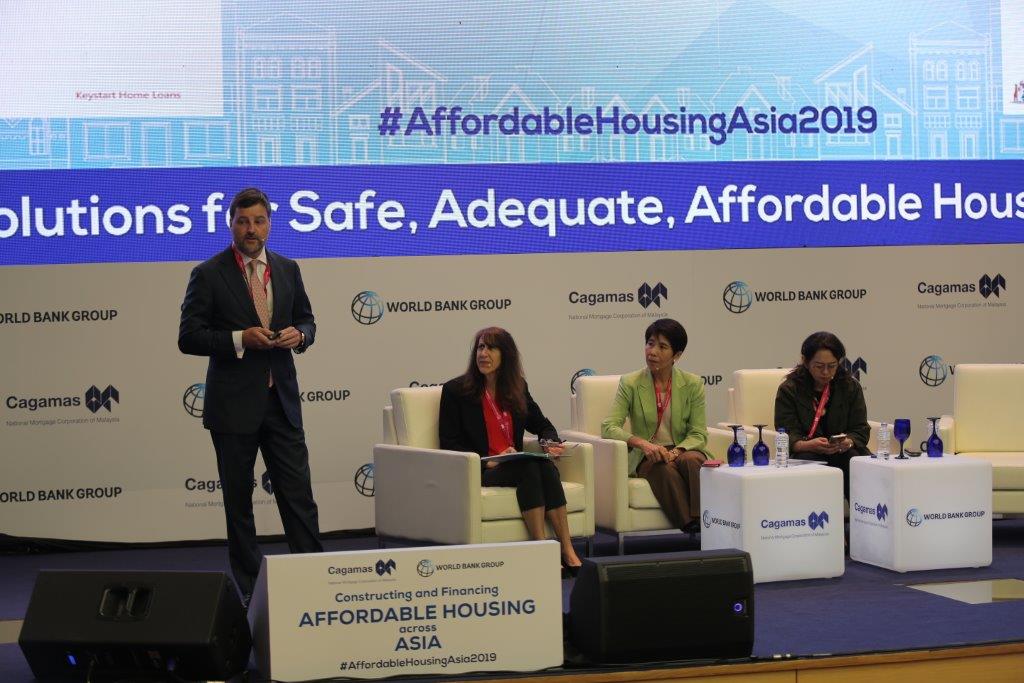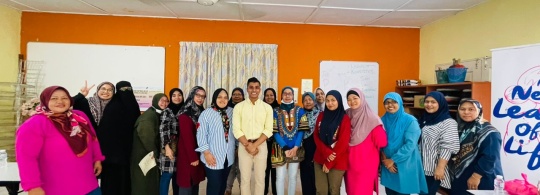

(Session IV – Cagamas & World Bank Group “Affordable Housing across Asia” conference, 2 nd April 2019)
As the world becomes more urbanized, the challenge to governments is to provide enough adequate and affordable housing. Importantly, it has been recognized that a range of solutions is needed; it is clear that there isn’t a silver bullet.
Before we can propose solutions, however, we need to understand exactly what affordable housing is. Dao Harrison, Senior Housing Specialist at the World Bank, gave us an insight by providing an overview of a comprehensive affordable housing study in an emerging market: Kenya.
The study, conducted by Dr. Sumila Gulyani, builds a demand-side understanding of housing using survey data from over 14,000 households in 15 Kenyan cities. In contrast to standard notions of an “acceptable” housing unit, only 18 percent of urban Kenyans live in a self-contained unit with a toilet, kitchen, electricity, and private water connection. The market is also delivering two under-studied housing categories explicitly designed for sharing: compounds and dormitories. Surprisingly, these categories are also being seen in developed countries, such as the San Francisco Bay Area.
A key implication of the study is that the rental sector is necessary to meet the market challenge in terms of affordability and mobility. In Kenya, approximately 86 percent of residents are tenants; they outnumber owners in 14 of the 15 cities. Unsurprisingly, rent represents a significant share of overall household income. If viewed as a proxy for monthly mortgage payments, however, they indicate a low ability to achieve ownership.
The study clearly shows that we need to rethink housing policies, including reevaluating what type of housing is deemed “acceptable” and affordable for very low income urban residents. Furthermore, it underscores the need to develop better quality rental housing, and calls for a reassessment of housing and infrastructure investment programs, especially in emerging markets.
Lana Wijayanti, the former Director General of the Housing Finance Implementation Agency of Indonesia’s Ministry of Public Works and Housing, emphasized that governments had to be creative to meet the urban housing challenge. For example, in Indonesia where most of the land in urban centers is owned by big developers, government policy is focused on incentivizing the private sector to increase the stock of affordable housing.
Back in 1989, the government of West Australia (WA) embarked on its own innovative solution. According to its CEO, Paul Graham, Keystart was established to allow low income buyers to enter the home market sooner. Through its Shared Equity Scheme, a prospective buyer would only need to pay a deposit of 2 percent to take out a mortgage; this is opposed to the usual 20 percent required by banks in WA.
Most importantly, however, the loan is based on the borrower’s equity, not on the full value of the property. Any capital gain (or loss) is shared proportionately among the equity partners – the borrower, Keystart, and the WA government. Therefore, Graham pointed out, Keystart should very much be seen as a transitional lender, designed to intervene in the market as little as possible.






